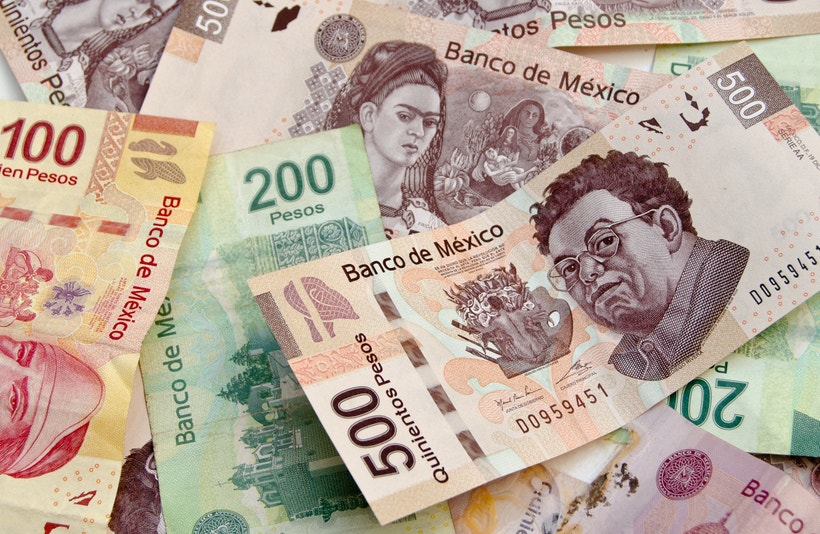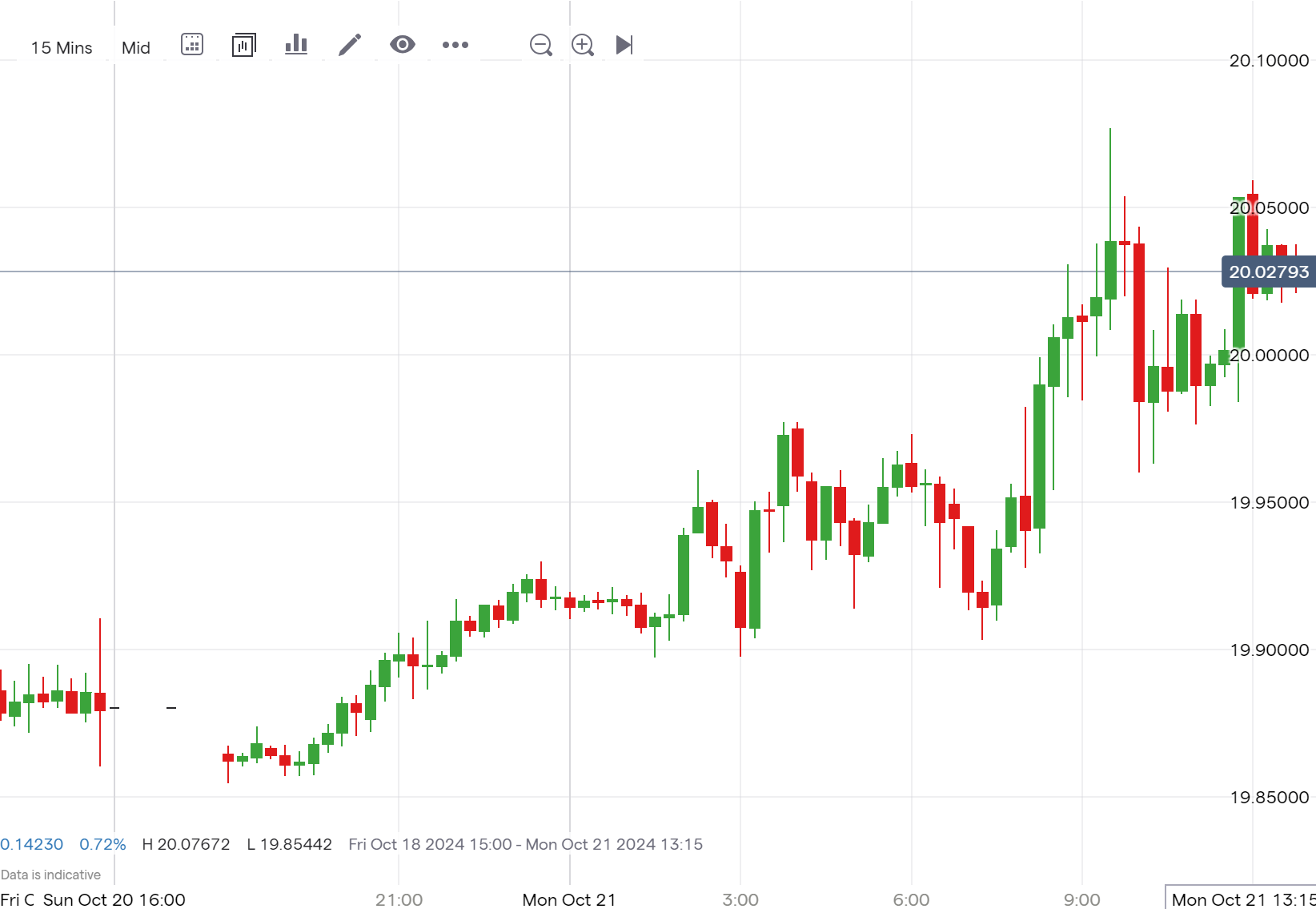US dollar continues bullish run pre-election
Explore the US dollar's recent surge to monthly highs at 103.84, driven by economic and political factors, including pre-election dynamics and strong retail sales, with a focus on upcoming economic data.

Key points
- US dollar index reaches monthly high of 103.84
- USD/MXN climbs above 20.07000, showing strong recovery
- Pre-election expectations contribute to dollar strength
- Upcoming US PMI data critical for assessing economic health
US Dollar Index Hits Monthly Highs
The US dollar index has shown resilience by reaching 103.84, marking its monthly high. This strength arises from a mix of political and economic factors, such as expectations of more lenient rate cuts and stronger retail sales figures. Additionally, pre-election expectations and optimistic job reports have contributed to this upward trend. As the week progresses, analysts are keenly watching upcoming US PMI release data and other economic reports to closely evaluate the strength of the US economy.
USD/MXN Reaches Above 20.07000
The dollar-peso pair has climbed above the 20 pesos-per-dollar mark, signaling a strong recovery from previous lows. USD/MXN reached 20.07672, reflecting a significant rebound. Concerns linger over Mexico's import sector, especially after Trump's announcement of possible tariffs up to 300% on Mexican-made cars. Such potential tariffs could weaken the peso's confidence, intensifying its bearish trend, particularly against a robust US dollar backdrop.
USD/MXN price history

Pre-Election Expectations Boost Dollar Index Strength
Shifting pre-election expectations have recently bolstered the dollar's strength. With polls suggesting higher chances of a Trump win, the US dollar index has appreciated, partly due to perceptions of Trump's assertive economic policies. However, market reactions are varied as investors contemplate the possible impacts of these policies, weighing both their benefits and challenges. The dollar's performance epitomizes broader market sentiment, illustrating the complexities of the pre-election landscape where forecasts can change swiftly, affecting market dynamics.
What’s Next for US Dollar?
The future of the US dollar hinges on analyzing both economic indicators and political developments. With the US dollar index peaking at 103.84, buoyed by expectations of softer rate cuts and solid retail sales, its outlook remains optimistic. The dollar's rise against the peso, surpassing 20.07000, underscores its strength amid tariff concerns on Mexican imports. Upcoming US PMI data will be pivotal in charting the dollar's path, offering insights into the economy's health. Meanwhile, shifting election dynamics, especially the potential effects of a Trump victory, continue to sway the dollar's strength as a safe haven asset.
How to trade USD/MXN?
- Open an account to get started, or practice on a demo account
- Choose your forex trading platform
- Open, monitor, and close positions on USD/MXN
Trading forex requires an account with a forex provider like tastyfx. Many traders also watch major forex pairs like EUR/USD and USD/JPY for potential opportunities based on economic events such as inflation releases or interest rate decisions. Economic events can produce more volatility for forex pairs, which can mean greater potential profits and losses as risks can increase at these times.
You can help develop your forex trading strategies using resources like tastyfx’s YouTube channel. Our curated playlists can help you stay up to date on current markets and understanding key terms. Once your strategy is developed, you can follow the above steps to opening an account and getting started trading forex.
Your profit or loss is calculated according to your full position size. Leverage will magnify both your profits and losses. It’s important to manage your risks carefully as losses can exceed your deposit. Ensure you understand the risks and benefits associated with trading leveraged products before you start trading with them. Trade using money you’re comfortable losing. Past performance is not indicative of future results.
